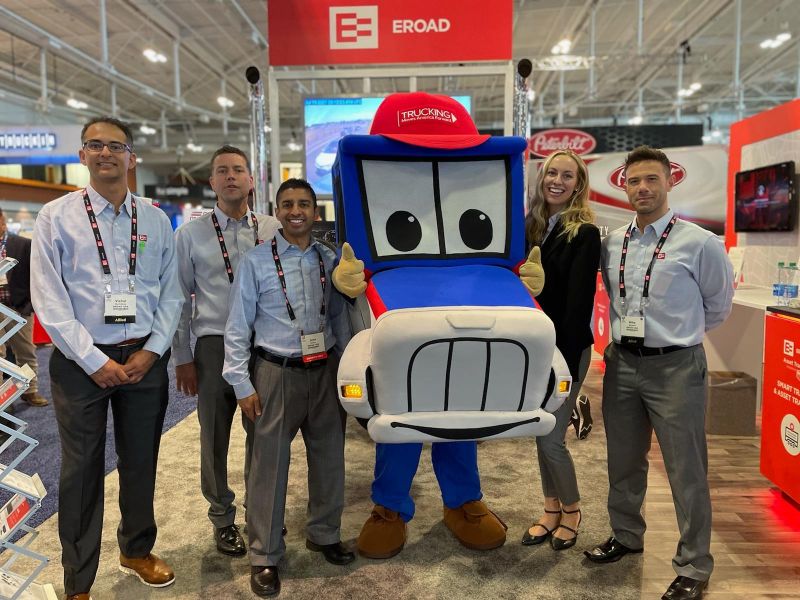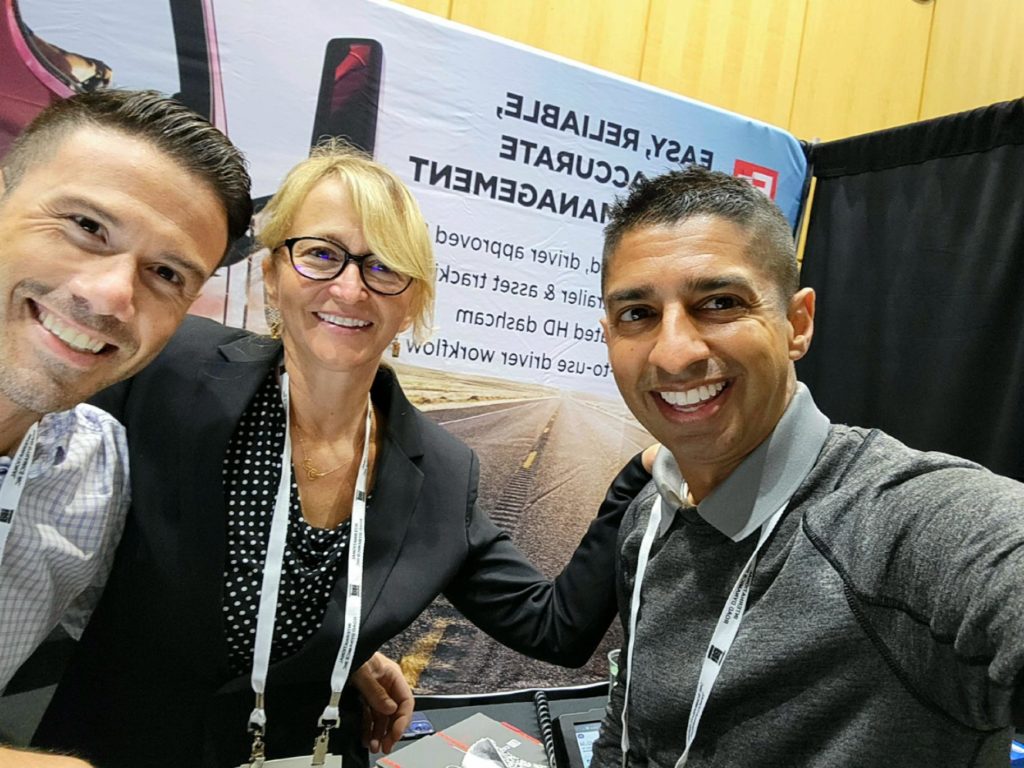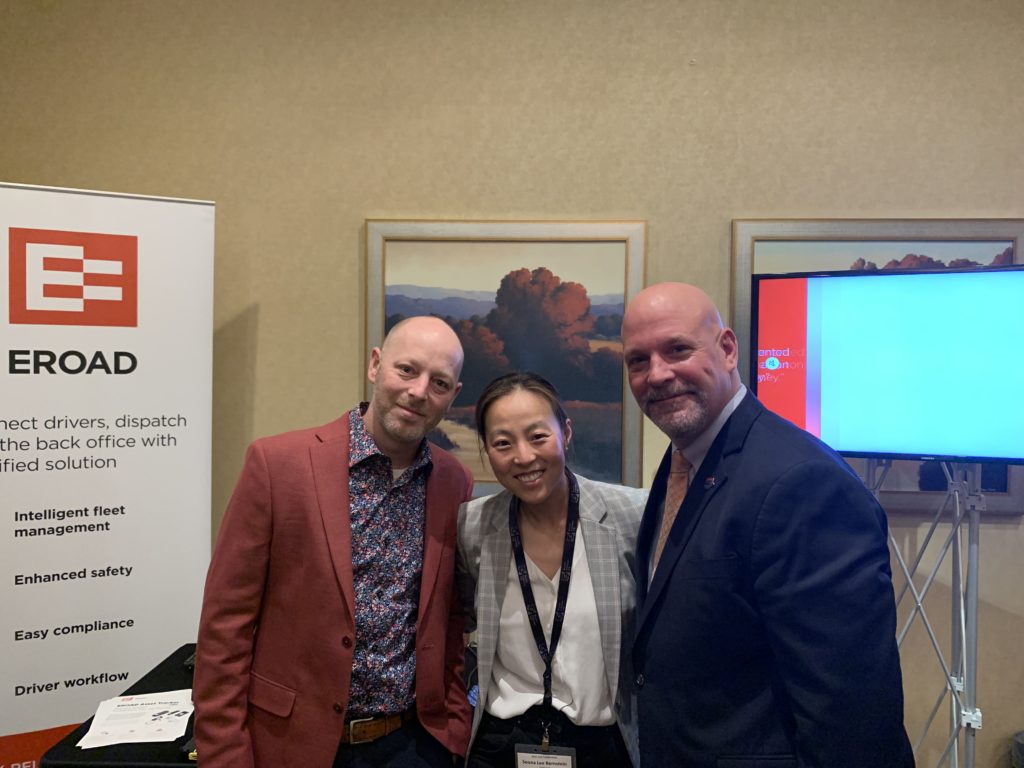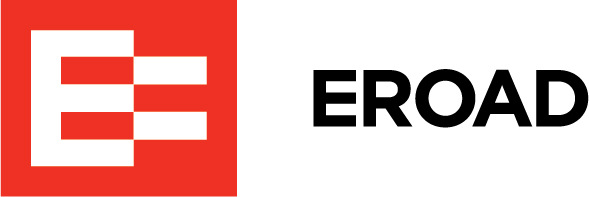Over the past year, the trucking industry has faced many challenges: the ongoing COVID pandemic, increased freight demand, supply chain issues. These challenges and others notwithstanding, the industry has again proved that it can be counted on to keep the country moving forward.
As the year draws to a close, we spent some time reflecting on some of the major milestones that impacted the industry over the past 12 months.
Staged Accident Fraud Brought to the Forefront
Staged accident fraud targeting commercial vehicles is not a new problem. But the issue was brought to the forefront in 2021 when the federal indictments of dozens of people charged with participating in staged accidents in Louisiana made headlines. As of September, 23 out of 40 defendants had pleaded guilty, according to news reports.
Given the impact of staged accident fraud on individual carriers and the industry as a whole in the form of rising insurance rates, it’s crucial that motor carriers educate themselves on the issue.
To that end, EROAD partnered with the American Trucking Associations over the summer for the webinar series “The Crooked World of Staged Accidents.” The series included experts from the trucking industry, law enforcement, fraud prevention and others who taught carriers how to identify staged accidents, what to do if they suspect one, steps for protecting their businesses and more.
Click here to download our free guide on how to protect your business from staged accidents
Carriers Prepare for the 3G Sunset
The 3G sunset – in which cellular providers will shut down legacy networks to make way for newer technology – has been on the horizon for some time. But in 2021, the rubber really hit the road in terms of carriers needing to replace any older technology, such as electronic logging devices, to remain in compliance once the old networks are no more.
As Yasi Alemzadeh, EROAD’s Vice president of Operations, explained earlier in the year: “If you don’t update your devices in time, you could potentially be leaving your fleet and your business non-complaint and at-risk.”
With major wireless providers planning to begin shutting down 3G networks in early 2022, it’s critical that carriers know whether they have any equipment that will be affected (in addition to ELDs, that could include asset trackers, dash cams and more).
“The biggest thing that you need to do as a business is to look to see if you have any old versions of technology that are running in your fleet that won’t work once 3G is actually shut down,” Alemzadeh said. “And if you’re unsure of that, reach out to your technology provider or providers and make sure you are compatible with the 4G LTE network or beyond.”
Related: 3G Sunset: Is Your Fleet Ready?
In-Person Events Resume
“The trucking industry has relied on conferences, conventions, meetings, seminars, etc. to share information, train folks on new and existing technology as well as strengthen current relationships and build new ones,” Michael Roeth, Executive Director of the North American Council for Freight Efficiency (NACFE), wrote in Fleet Owner in 2020.
But in early 2020, COVID-related limits on in-person gatherings caused many trucking events to be canceled, while others were moved from convention centers to computer screens.
Some found a silver lining in the switch to virtual events.
“A key benefit of an online format is that people can participate as their schedules allow, at their convenience,” Summer Marrs of the NTEA told Transport Dive.
And Roeth of the NACFE wrote: “These virtual meetings have allowed me to really focus on the content and I feel like I have gained a lot of new knowledge as a result of attending them.”
Still, many in the industry have acknowledged that virtual events just don’t have the same impact as face-to-face gatherings.
“Zoom calls are great if you are brainstorming. But if you are trying to build trust?” John Anderson of Greenbriar Equity Group, whose portfolio includes transportation businesses, told Transport Dive.
So, it was great to see in-person events return in 2021.
And EROAD was excited to participate in many of them – both on the national and state levels – including the ATA Mid-Year Management Session, the TCA Safety & Security Meeting, the CVSA Annual Conference and Exhibition, and the ATA Management Conference and Exhibition, to name just a few.
And we’re looking forward to another full events calendar in 2022!

The EROAD team at the 2021 ATA Management Conference & Exhibition in Nashville.

EROAD’s Mike Soricelli, Susan Reszczynski and John Chima at the Commercial Vehicle Safety Alliance Annual Conference and Exhibition.

EROAD’s Soona Lee Bernstein pictured at the Washington Trucking Association’s Fall Safety Conference with David Heller of the Truckload Carriers Association and P. Sean Garney of Scopelitis Transportation Consulting.
ATA Releases Top Industry Issues Report
The American Transportation Research Institute (ATRI) in October released its annual report on the top critical issues in the trucking industry, which is based on input from carriers and drivers.
Concerns related to drivers took the first three spots on the list.
“It really is no surprise that truck driver-related issues – notably the driver shortage and driver retention – ranked so high on the survey,” ATRI President and COO Rebecca Brewster said in a statement. “Coming out of the pandemic, with the increased demand for goods and other pressures on the supply chain, getting and keeping drivers has been a real challenge industrywide.”
Related: Driver Concerns Top Trucking Industry Issues for 2021
Here’s the full list of critical issues in the trucking industry:
- Driver shortage
- Driver retention
- Driver compensation
- Lawsuit abuse and reform
- Truck parking
- Compliance, Safety, Accountability
- Detention delay at customer facilities
- Transportation infrastructure
- Insurance cost and availability
- Diesel technician shortage
Bipartisan Infrastructure Bill Passes
More than 40% of public roadways in the U.S. are in “poor or mediocre” condition, according to the American Society of Civil Engineers. Of the more than 617,000 bridges in the country, 42% are at least a half-century old and 7.5% are in poor condition.
The poor condition of roads and bridges adds difficulty and danger to the already challenging job that truck drivers do. But there is some good news: Congress in November passed a $1.2 trillion infrastructure bill, which includes $110 billion for roads, highways and bridges.
“This bill represents a significant investment in our nation’s roads and bridges and delivers a desperately needed injection into the Highway Trust Fund to keep it solvent,” the Truckload Carriers Association said, praising passage of the bill.
The bill also included the DRIVE Safe Act, which paves the way for drivers between the ages of 18 and 20 to participate in interstate trucking. Currently, federal law requires interstate drivers to be at least 21. Some in the trucking industry hope that opening interstate trucking to younger drivers will help ease the driver shortage.
Related: How is the trucking industry addressing the driver shortage?
An Exciting Year at EROAD
Throughout 2021, there have been many exciting developments here at EROAD. Here are just a few highlights:
EROAD partners with Phillips Connect
In June, EROAD and Phillips Connect – a leader in smart trailer technology – announced a partnership to bring Phillip Connect technology to EROAD customers.
“Phillips Connect, like EROAD, has a strong focus on ease of use, uptime and accuracy, which supports our mission to enable safer and more productive roads,” Casey Ellis, President of EROAD North America, said at the time. “Our combined solutions deliver high quality data that fleets can trust.”
Click here to download our free guide on questions to ask when choosing a trailer tracking solution
EROAD Clarity Dashcam Named HDT Top 20 Product
We were honored this year when Heavy Duty Trucking Magazine included EROAD Clarity Dashcam in its list of top 20 products for 2021. Products that make the list stand out for innovation, addressing industry issues and potential to help fleets’ bottom lines, according to HDT.
EROAD Launches All-in-One Video and Telematics Device
In 2021, we expanded our line Clarity Dashcam line with the launch of EROAD Clarity Solo, which combines cloud video, GPS tracking and telematics in a single device. Clarity solo is a great option for fleets comprising light- and medium-duty vehicles, delivery vans, construction vehicles and HOS-exempt heavy trucks that want to boost safety and operational efficiency – while protecting their businesses from false and fraudulent legal claims.
EROAD Acquires Coretex
We were very excited to cap our year by completing EROAD’s acquisition of Coretex in December. Coretex is a provider of vertically specialized enterprise-grade telematics solutions in North America, Australia and New Zealand.
“We have consistently stated that acquisitions would be part of our global growth strategy. To accelerate growth, any acquisition target needed to deliver increased capability, improved customer experiences and access to additional market verticals,” said Steven Newman, CEO of EROAD. “In Coretex, we have found a highly complementary partner which allows us to satisfy these criteria, with the combined organization bringing the expertise and scale to deliver against market demand, faster.”
It’s been a challenging, busy year – but a good one, too. Thank you to all the drivers and other transportation professionals that make this industry what it is. We look forward to continuing to support your efforts in 2022 with fleet management tools built to be as dependable as you.

